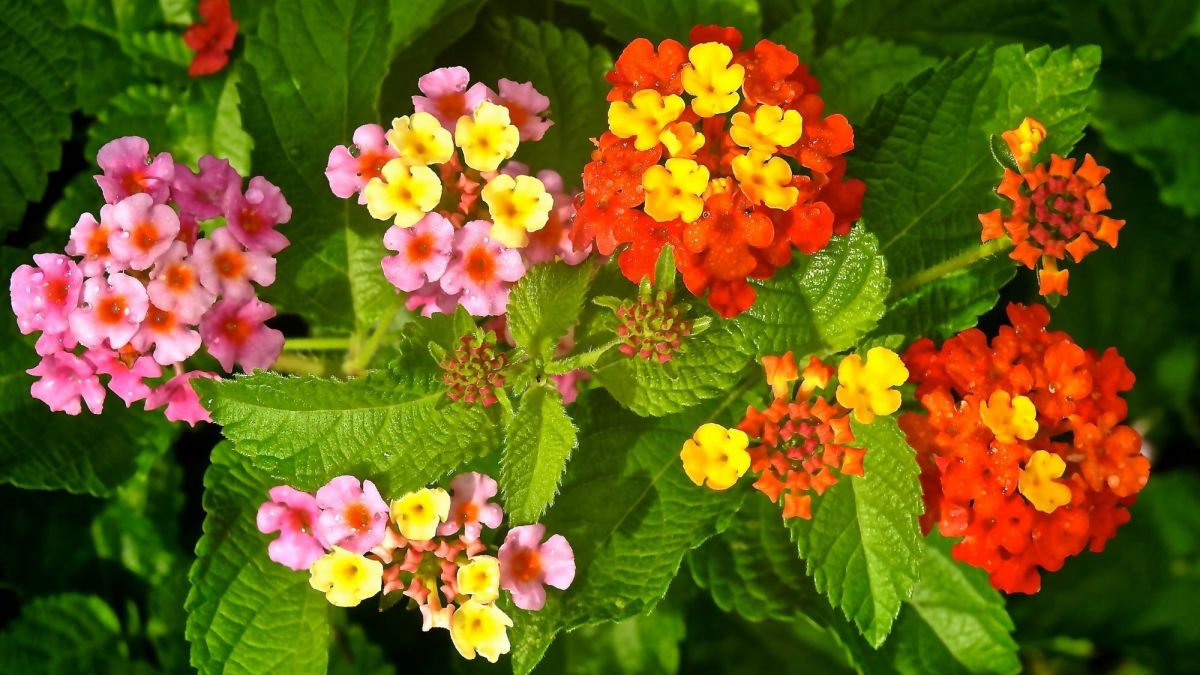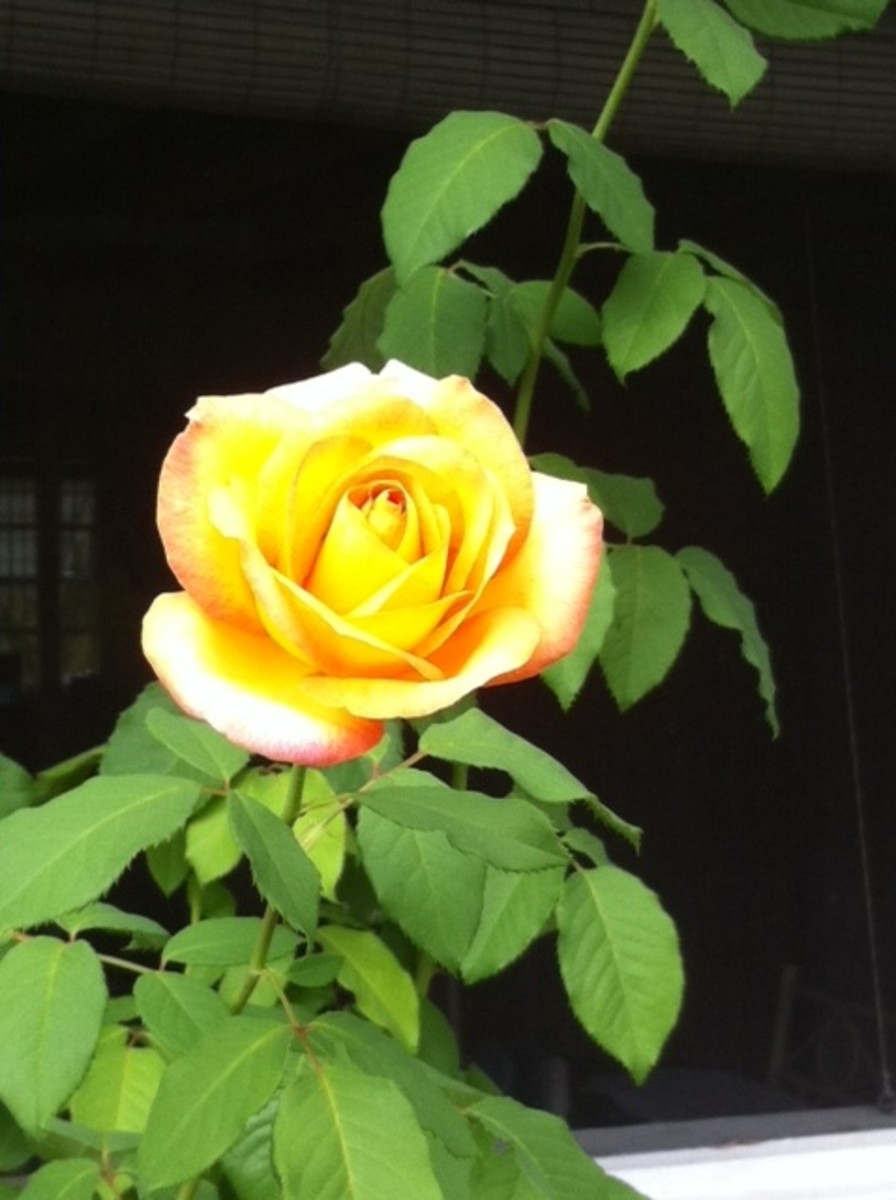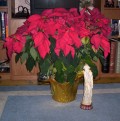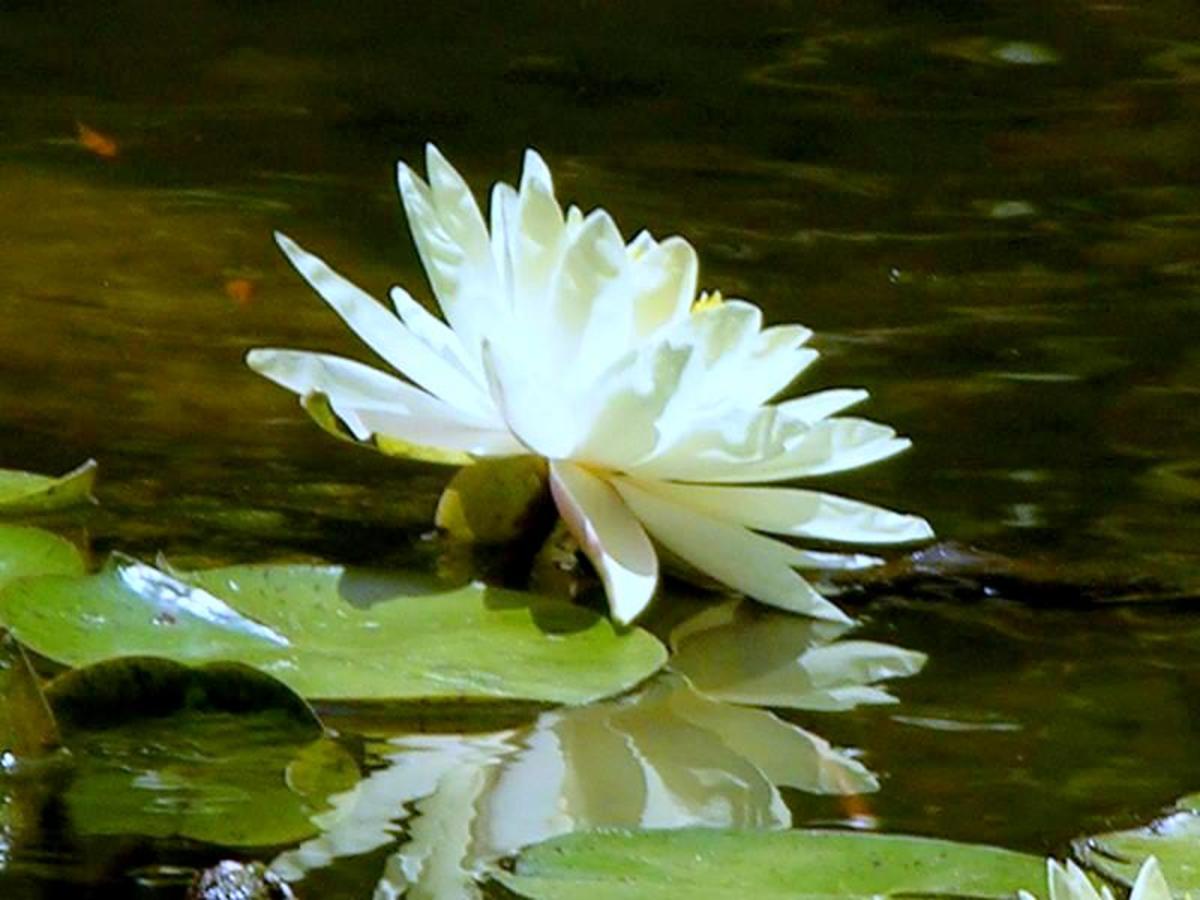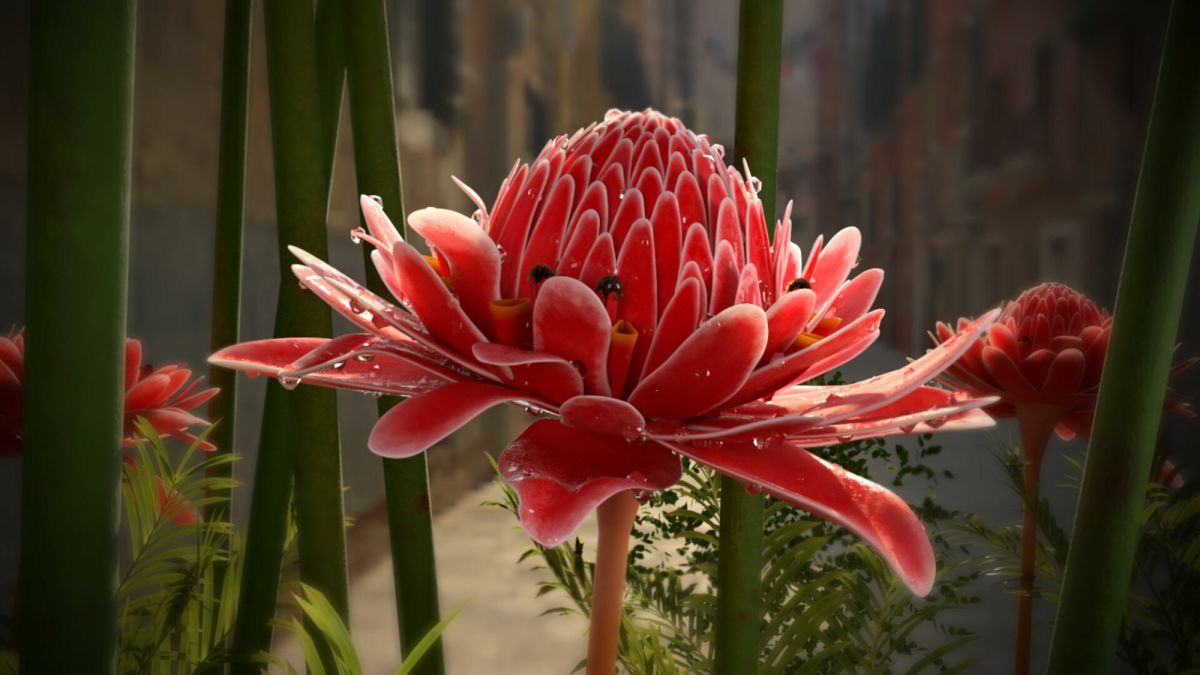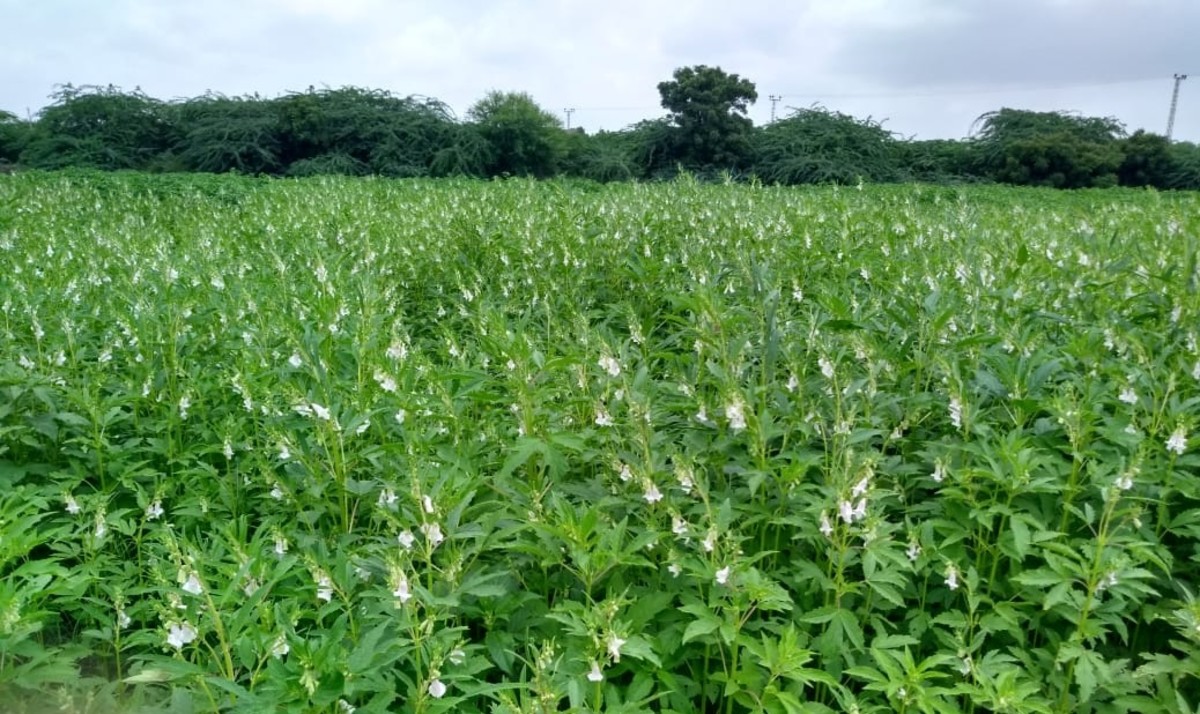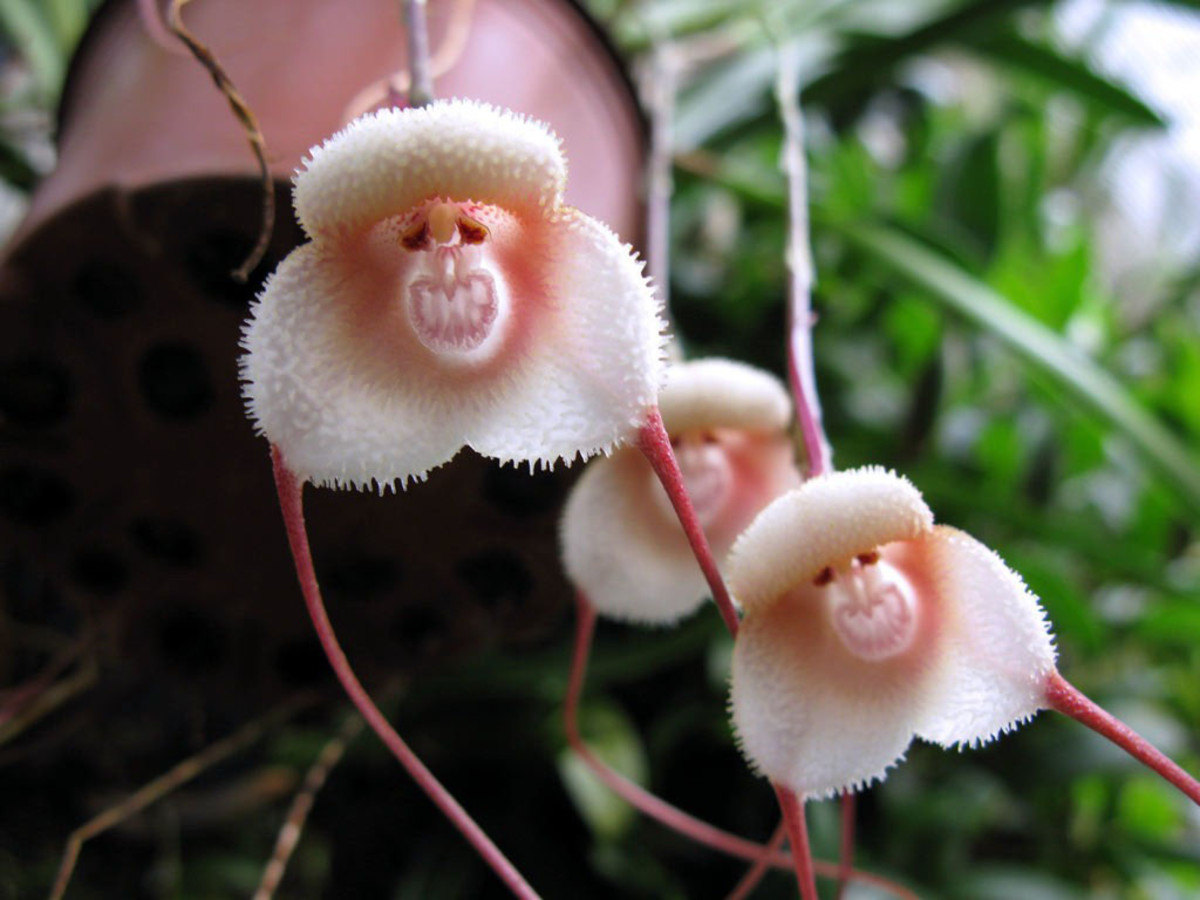All About Poinsettias
Poinsettia Origins
The Poinsettia goes back to the ancient Aztecs, who cultivated the plant to make red dyes. It wasn't until about the 16th century that it became associated with Christmas, due in large part to a Mexican legend associated with the plant. The legend goes something like this: There was this girl who was preparing a gift for the celebration of Jesus' birth. An angel came to her in a vision and told her to gather these plants or weeds growing on the roadside and place them at the church altar, where they then sprouted these red leaves and was then known as poinsettias. From then onward, the popularity of including these plants in Christmas celebrations around the globe was born.
Commercially, the plant began being sold around 1900 in the United States. The cultivation and commercialism is attributed to a German immigrant, Albert Ecke who moved to Los Angeles to start an orchard and farm and began breeding and selling them with his son.
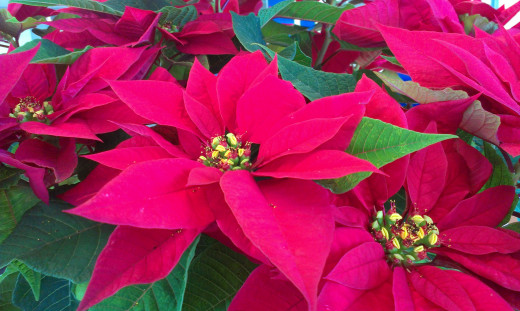
Poinsettia Varieties
The most common color is red, but they do come in white, pink and variegated. You may even find one with a bluish hue, thanks to breeders who are experimenting with cross-breeding. There are reportedly over 100 different varieties of poinsettia available on the market today.
Poinsettias are part of the spurge family of plants, which are mostly found in tropical and sub-tropical regions of Mexico and Central America. Some are now being grown in places like Australia as well. The spurge family of plants include over 7,400 different plants. Some of these are used in many industrial applications. These include: Caster Oil Plant, Tallow Plant, Rubber tree and Cassava plant. The spurge family also includes many common succlents used as houseplants.
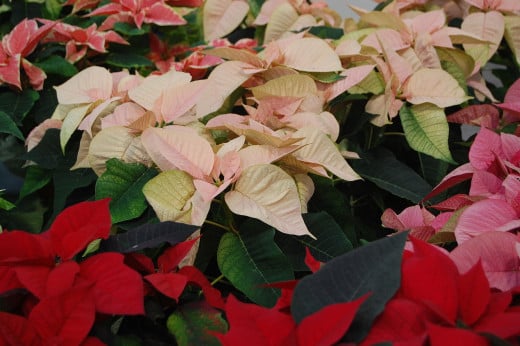
Poinsettia Care
For all areas except those that are considered sub-tropic or tropic, Poinsettias do best as a house plant. They like moderate moisture and full sun only in the AM; poinsettias have a tendency to burn in afternoon sun. In sub-tropic and tropical regions, it can be grown outside year round provided it does not receive any frost. In those regions, it grows as a shrub, growing anywhere from 2 feet to 13 feet tall. It can also be pruned into a tree form.
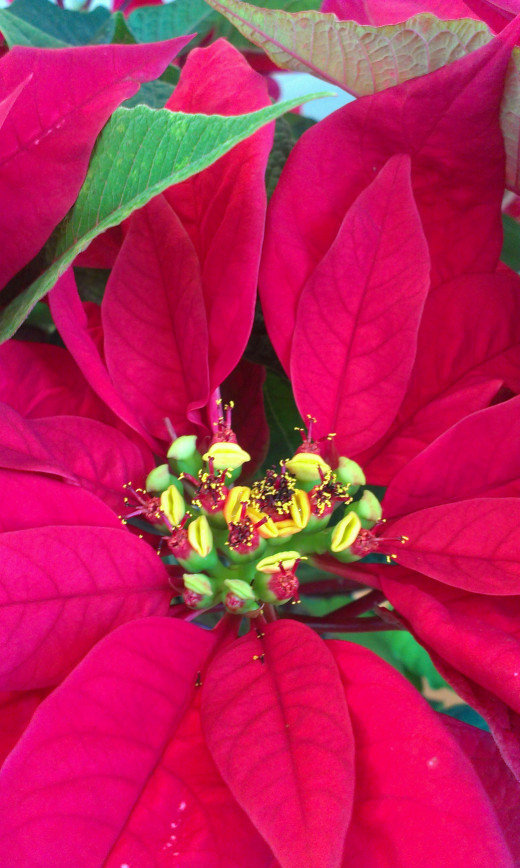
Did You Know?
The red petals that people commonly refer to as flowers are actually leaves. The flowers are the tiny yellow clustered centers of the plant, which do not attract pollinators!
Common Misconceptions
Growing up we were always told that the poinsettia plant was highly toxic, which turns out is not entirely true. You definitely do not want to ingest it. You won't die, but you could have an allergic reaction to it. This is also true of the sap coming in contact with your skin. It causes no reaction in some individuals and a rash in others depending on how sensitive you are to these types of plants.
Another thing to note is that it is less toxic than previously reported for Cats and Dogs. According to the ASPCA, it is Irritating to the mouth and stomach, sometimes causing vomiting, but generally over-rated in toxicity. Still, it is probably a good idea to make sure it is out of your pet's reach. The "toxic" part of this plant is the sap, so if kitty or fido takes a nibble of the corner of a leaf it might not produce any effect.
Do you include Poinsettias in your holiday décor?
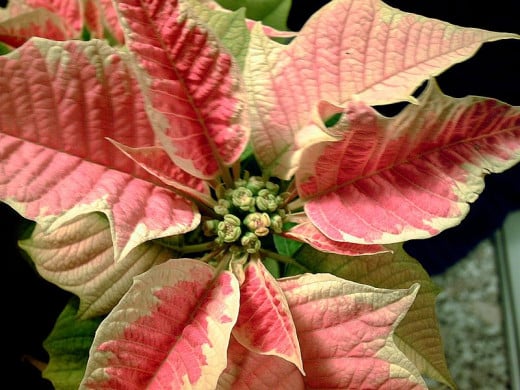
Decorating with Poinsettias
If you are one of the fortunate people who live in a tropical region, then I am jealous. You can grow these pretty bushes year round, outside as a part of your landscaping. For the rest of us, we have to settle on using them indoors. I like to place a poinsettia as a centerpiece to the Christmas table. They also look good on a mantle or as a part of the presents under the Christmas tree. For larger applications, I have seen businesses take them en masse and create a pyramid of poinsettia plants to form an actual Christmas tree. What are your applications for this plant? Leave me a comment below!
© 2014 Lisa Roppolo


